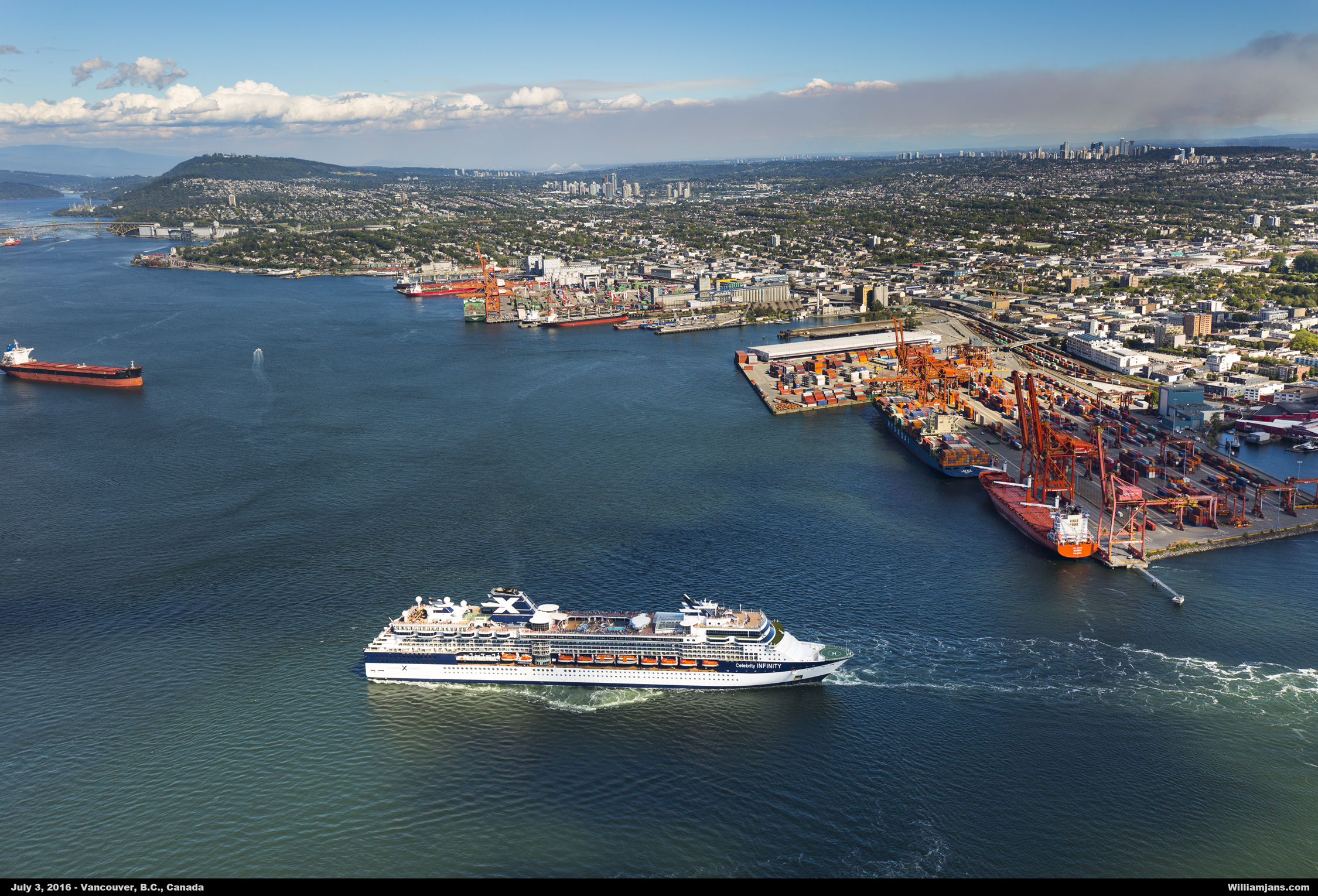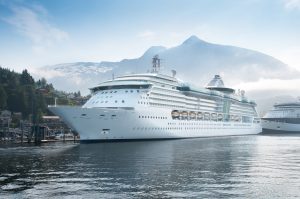Overall cargo volumes through the Port of Vancouver decreased by 3% in 2022, following a rebound in the second half of the year led by resource exports, Canada’s largest port announced. The Vancouver Fraser Port Authority’s 2022 statistics, released today, show a total of 141.4 million metric tonnes (MMT) of goods moved through Port of Vancouver terminals in 2022, compared to 146.5 MMT in 2021.Container throughput also decreased by 3% to 3.6 million TEUs.
Following a slow start impacted by supply chain challenges and 2021’s drought-affected harvest, Canadian grain and fertilizer exports recorded the largest gains in the second half of the year, as overall cargo volumes through the port bounced back. However, strong grain volumes from September onwards were not enough to offset the early year slump, with overall bulk grain volumes down 23% for the year.
“Global demand for Canadian goods remained strong in 2022 as geo-political instability spurred appetite for our grain, energy and fertilizer exports,” said Robin Silvester, president and CEO of the Vancouver Fraser Port Authority, the federal agency mandated with enabling Canadian trade through the Port of Vancouver.
Bulk grain was up 34% in the second half of 2022 compared to the same period last year as the Prairies’ 2022 bumper harvest made its way to market through the Port of Vancouver, with grain terminals setting two consecutive monthly grain-handling records—3.3 MMT in October and 3.4 MMT in November.
Fertilizer exports through the Port of Vancouver were up 13% with potash having a near-record year after increasing by 11%, while sulphur jumped 22%. Coal increased by 6%, and aviation and jet fuel was up by 88% over 2021.
Cruise experienced a comeback year in 2022 with a record 307 cruise ship visits to the Canada Place terminal at the Port of Vancouver after a two-year hiatus due to pandemic restrictions, while auto volumes recovered over the second half of the year with Q3 (6%) and Q4 (26%) volumes increasing compared to 2021 as supply-side issues started to resolve.
In 2022, overall container volumes eased—down by 3% compared to the record set in 2021—largely due to ongoing inland supply chain congestion. Container terminals at the Port of Vancouver handled the second highest volume of laden imports, in line with pandemic-driven high demand for imported consumer goods. Container volumes decreased late in the year as a result of softening consumer demand coupled with increasingly overstocked inventories, which was in part due to a challenging planning landscape for retailers in the midst of global supply chain uncertainty. Laden exports decreased partly due to lower grain exports following 2021’s poor harvest as well as a reduced availability of empty containers to load export cargo. Record east-bound transpacific freight rates resulted in a high number of containers leaving the Port of Vancouver empty.
“A decline in container volumes that started around December is providing much-needed relief from the surge volumes the port experienced throughout 2021 and much of 2022,” Mr. Silvester said. “However, the underlying story hasn’t changed, with the Port of Vancouver handling its second highest annual volume of containers on record in 2022. Additional container capacity at the Port of Vancouver remains desperately needed due to sustained, long-term growth in container trade as Canada’s population, economy and trade all continue to grow.”
The Roberts Bank Terminal 2 Project—recently approved by the federal government following a rigorous environmental assessment process that started in 2013—will deliver that capacity. The port authority is now working towards obtaining other applicable approvals and permits to advance the project, which will increase the Port of Vancouver’s container terminal capacity by nearly 50% and is expected to create more than 17,300 ongoing well-paid jobs and handle an estimated $100 billion in trade each year once operational.
(Photo from Port of Vancouver)








